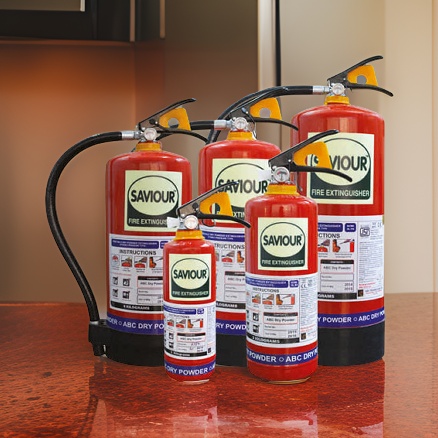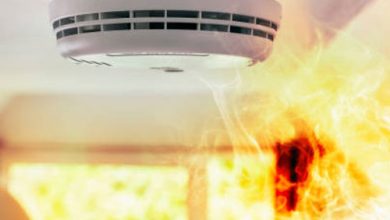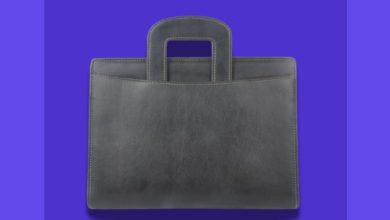
Fire safety is an essential concern for every home and office. Whether it’s a minor electrical fault or an accidental kitchen fire, emergencies can happen without warning. Being prepared is key to minimizing damage and keeping everyone safe. One of the most effective tools for early fire control is a fire extinguisher. In this blog, Sri Triveni Crafts explores the best practices for fire extinguisher safety to ensure your home or workplace is ready in case of an emergency.
Why Fire Extinguisher Safety Matters
Fires can escalate within minutes, leaving little time to react. Therefore, having fire extinguishers readily available and knowing how to use them properly can significantly reduce the risk of severe damage. More importantly, understanding fire extinguisher safety helps you act confidently during emergencies.
Common Fire Hazards at Home and Work
Before diving into fire extinguisher types and usage, it’s helpful to recognize common fire hazards in homes and workplaces:
- Electrical faults: Overloaded circuits, faulty appliances, and old wiring can trigger electrical fires.
- Kitchen accidents: Leaving food unattended while cooking, especially when using oil, often leads to flare-ups.
- Flammable materials: Items such as paper, cloth, and cleaning supplies can catch fire easily if stored carelessly.
By identifying these risks, you can take preventive actions and ensure appropriate extinguishers are within reach.
Types of Fire Extinguishers and Their Uses
Selecting the right fire extinguisher depends on the specific type of fire you may encounter. Below is a breakdown of the most common extinguishers and their applications.
1. Water-Based Extinguishers (Class A)
These extinguishers are ideal for fires involving solid combustibles like wood, paper, and fabric. However, you should never use them on electrical fires or fires involving flammable liquids, as this can increase the danger.
2. Foam Extinguishers (Class A and B)
Foam extinguishers work well on both solid combustibles and flammable liquids. They form a thick blanket of foam that smothers the fire and cuts off the oxygen supply.
3. Carbon Dioxide (CO2) Extinguishers (Class B and Electrical)
CO2 extinguishers are perfect for electrical fires and those involving flammable liquids. Additionally, they leave no residue, making them ideal for offices filled with electronic equipment.
4. Dry Powder Extinguishers (Class A, B, and C)
Also known as ABC extinguishers, these are versatile and effective on solid, liquid, and gas fires. They work by forming a barrier between the fuel and the oxygen that feeds the fire.
5. Wet Chemical Extinguishers (Class F)
These are specially designed for kitchen fires involving cooking oils and fats. They cool the flames and create a layer that prevents re-ignition.
Best Practices for Fire Extinguisher Safety
Now that you understand the types of extinguishers available, it’s time to focus on how to maximize their effectiveness through smart practices.
1. Choose the Right Fire Extinguisher
First and foremost, ensure you select an extinguisher that matches the potential fire risks in your environment. At Sri Triveni Crafts, we offer a wide selection tailored to different needs. You can browse our collection here.
2. Install in Easily Accessible Locations
Once you have the correct extinguisher, place it where it’s easy to find and grab during an emergency. For example:
- Install one in the kitchen at home.
- Place them near exits in offices.
- Keep one close to areas with high electrical usage.
Avoid placing extinguishers behind locked doors or where furniture might block access.
3. Inspect and Maintain Regularly
Regular maintenance ensures your extinguisher works when you need it. Follow these steps:
- Check the pressure gauge monthly.
- Examine the cylinder for dents, leaks, or corrosion.
- Ensure the safety pin and tamper seal are intact.
Additionally, schedule professional inspections at least once a year. A properly maintained extinguisher provides peace of mind and reliability.
4. Train Everyone on Proper Usage
It’s not enough to have extinguishers on hand; everyone must know how to use them. Use the PASS method:
- Pull the safety pin.
- Aim the nozzle at the base of the fire.
- Squeeze the handle evenly.
- Sweep the nozzle from side to side.
Moreover, conduct regular training and fire drills to keep everyone prepared and confident.
5. Replace or Recharge After Use
Even if you only discharge a small amount, always recharge or replace the extinguisher. A partially used extinguisher may fail during your next emergency, so it’s essential to restore its full functionality immediately.
Legal and Safety Requirements for Offices
In addition to these best practices, businesses must comply with local fire safety laws. For instance:
- Provide a sufficient number of extinguishers for your space.
- Clearly mark fire exits and escape routes.
- Offer fire safety training to employees.
- Conduct regular fire drills.
Staying compliant not only meets legal requirements but also enhances safety for everyone in your office.
How to Create a Fire Safety Plan
Having a comprehensive fire safety plan is just as important as having extinguishers on hand. Your plan should include:
- Clear evacuation routes.
- Designated meeting points outside the building.
- Emergency contact numbers.
- Scheduled fire drills.
By combining a safety plan with reliable fire extinguishers, you can drastically improve emergency preparedness.
Conclusion
Prioritizing fire extinguisher safety in your home or office is not just a legal obligation but a crucial step in protecting lives and property. By choosing the right extinguisher, ensuring proper maintenance, and educating everyone on its use, you are significantly improving your defense against fire hazards. At Sri Triveni Crafts, we are committed to helping you safeguard your spaces with high-quality fire extinguishers. Explore our range at www.sritrivenicrafts.com/ and take the first step toward a safer environment today.
FAQs About Fire Extinguisher Safety
1. How often should a fire extinguisher be inspected?
Fire extinguishers should be visually inspected once a month and professionally serviced at least once a year to ensure they are in working condition.
2. Can I use a water extinguisher on an electrical fire?
No, water-based extinguishers should not be used on electrical fires. A CO2 or dry powder extinguisher is safer for electrical hazards.
3. Where should fire extinguishers be installed at home?
Install extinguishers in the kitchen, near exits, and in high-risk areas like garages or workshops. They should be mounted on walls and easily accessible.
4. How do I know which type of fire extinguisher to use?
The type of extinguisher depends on the kind of fire hazard. For example, a CO2 extinguisher is ideal for electrical fires, while a wet chemical extinguisher works best for kitchen fires involving oils.
5. What does the PASS technique stand for?
PASS stands for Pull the pin, Aim at the base of the fire, Squeeze the handle, and Sweep side to side. It’s the recommended method for using a fire extinguisher effectively.




